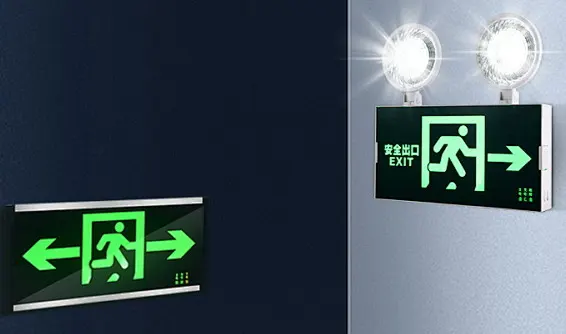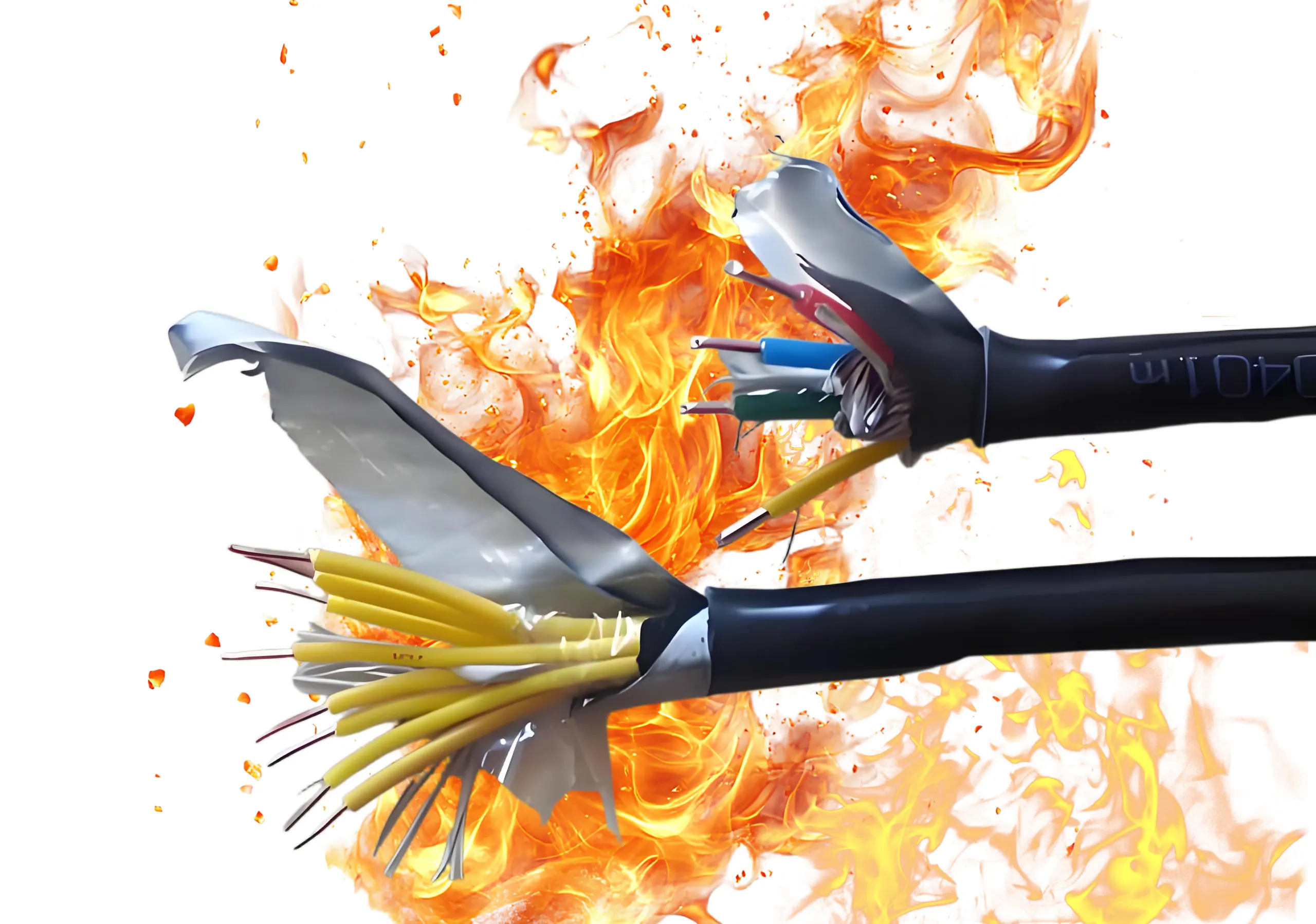Flame Retardant Cable Guide
Flame retardant cables are cables that inhibit the spread of flame under fire conditions, retard the rate of combustion, and are self-extinguishing when the source of ignition is removed.
Core functions of flame retardant cables:
- Stopping the spread of flames: Reduces the risk of fire spreading along the cable.
- Reduces smoke and toxic gases: Some flame retardant cables are made of low-smoke, non-halogenated materials, which reduces toxic gases and smoke produced during combustion and improves the safety of escape.
- Protecting critical circuits: Maintaining power transmission for a certain period of time in a fire, safeguarding the operation of critical equipment such as fire protection systems and emergency lighting.

Material selection of flame retardant cables:
- Flame-retardant cables are usually made of polyvinyl chloride (PVC), cross-linked polyethylene (XLPE) and other materials, which have good flame-retardant properties.
- Low-smoke halogen-free flame-retardant cables use halogen-free materials as insulation and sheath, such as polyethylene (PE), ethylene vinyl acetate copolymer (EVA), etc., which do not produce toxic smoke and corrosive gases when burning.
Flame Retardant Grade Test Conditions Typical Application Scenarios
- ZA (Class A) Single vertical combustion test (flame height ≥1.5m), combustion length ≤2.5m High-risk areas (power stations, chemical facilities)
- ZB (Class B) Single vertical combustion test (flame height ≥1.5m), burning length ≤3.5m General flame retardant requirements (commercial buildings, subway)
- ZC (Class C) Single vertical combustion test (flame height ≥1.5m), combustion length ≤5m Low-risk areas (general office buildings, residential buildings)
- WDZ (halogen-free and low-smoke) Flame retardant + low-smoke and halogen-free (smoke density transmittance ≥ 60%) Densely populated places (hospitals, airports, tunnels)

Flame retardant cable application areas:
- Construction industry: Flame retardant cables are widely used in the electrical systems of public buildings such as high-rise buildings, shopping malls, airports and hospitals, etc. In case of fire, they can inhibit the spread of fire and effectively protect people's lives and properties.
- Industrial field: In high-risk industries such as chemical industry, metallurgy, petroleum, etc., the application of flame retardant cables is not only to prevent fire, but also to guarantee the continuity and safety of production.
- Transportation system: In subways, railroads, airports and other large-scale transportation hubs, flame retardant cables are the core elements to ensure safe operation, and can effectively prevent short circuits and fires from occurring in high temperature and high humidity environments.
- Data center and communication field: in modern data centers, communication hubs and server rooms, the application of flame retardant cables is crucial to ensure the stable operation of the system, which can effectively prevent the spread of flames and protect the safety of personnel and property.
- Ship industry: in the ship's power supply system, communication system and navigation system, the application of flame retardant cables to ensure the safety and reliability of the power system in the sea navigation, to avoid the occurrence of fires on board due to the loss of power and affect the safety of navigation.
- Other industries: Flame-retardant cables are also used for indoor decoration, wiring of outdoor lighting fixtures, etc. to prevent fire.
Flame-retardant cables are the core component to ensure the fire safety of the power system, and the selection needs to comprehensively assess the scenario risk, environmental conditions and costs. In high-rise buildings, transportation hubs, industrial facilities and other critical places, it is recommended that priority be given to the use of halogen-free, low-smoke (WDZ) or Class A flame-retardant cables, and strictly follow the relevant standards for construction. For special environments (e.g. submarine, mine), fire-resistant cables or explosion-proof cables can be further selected to enhance safety.

Recent Posts
2025-04-02 10:50:47
What is UL Standard?
2025-04-02 08:57:29
Difference between electrical wire and cable
2025-03-31 17:33:41


